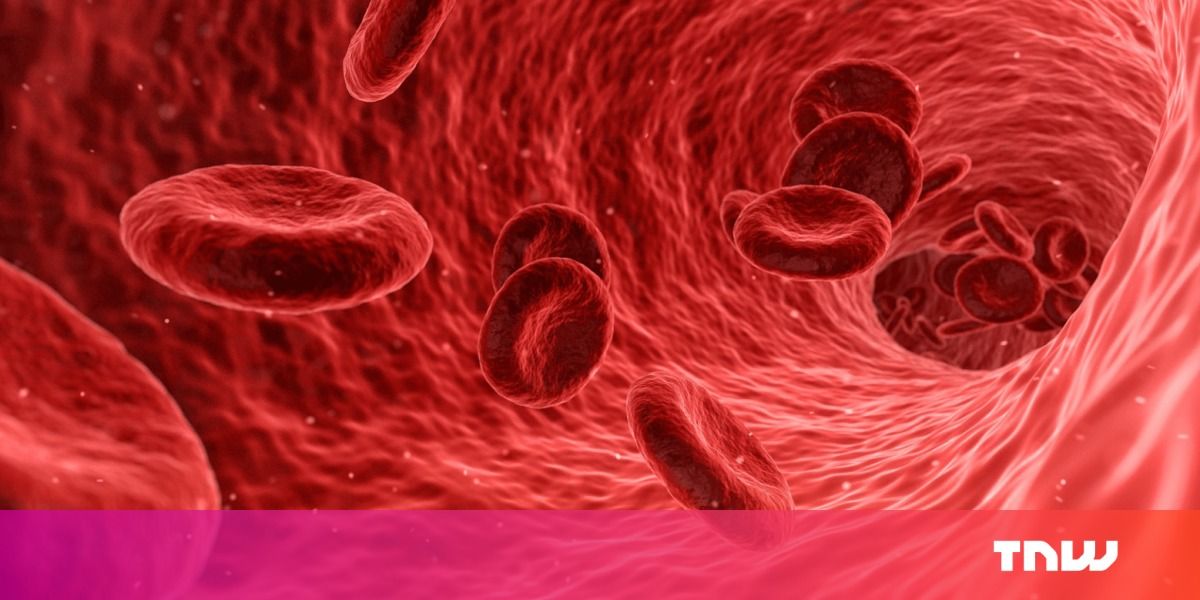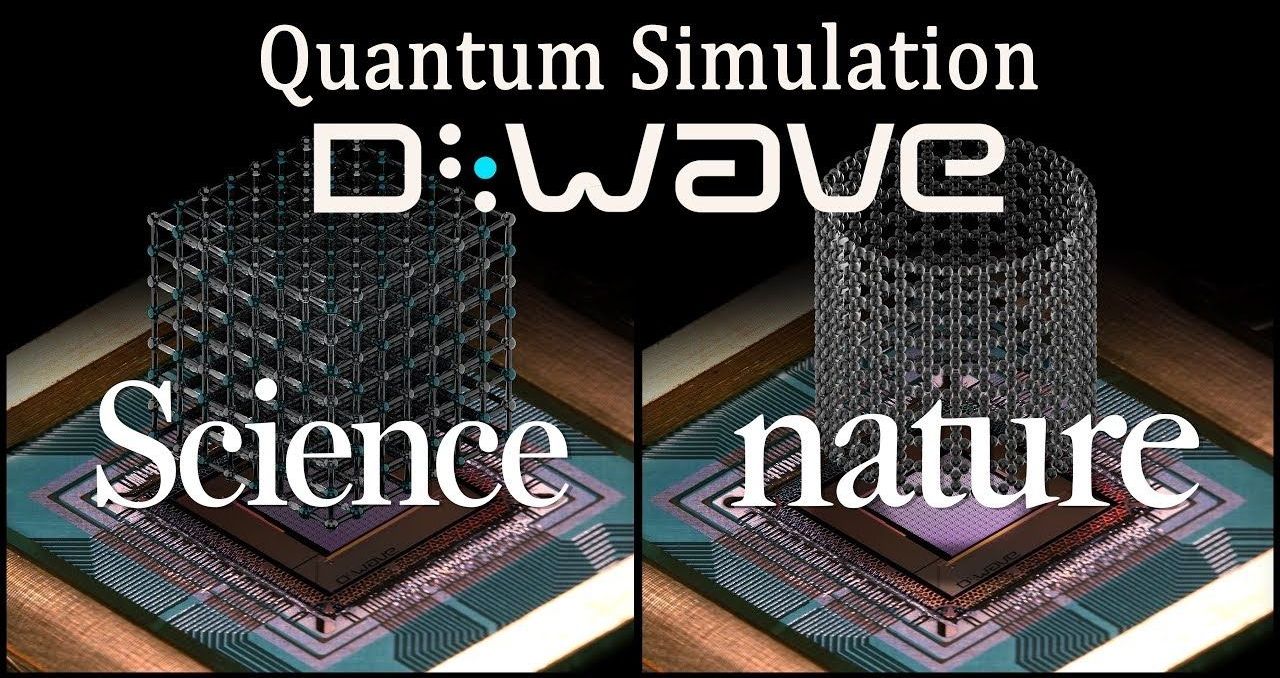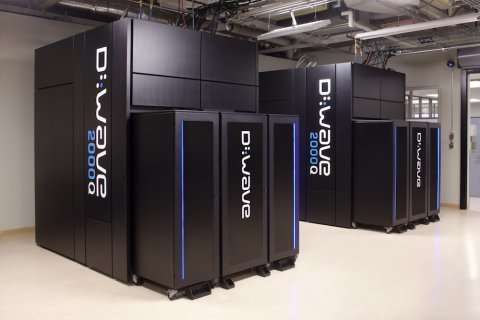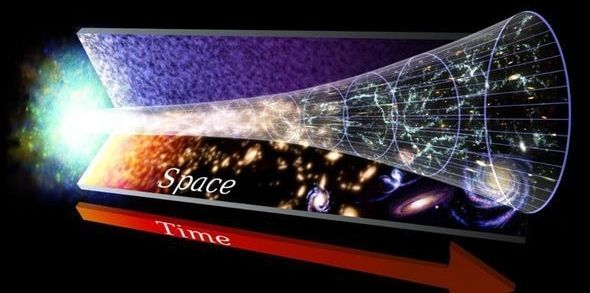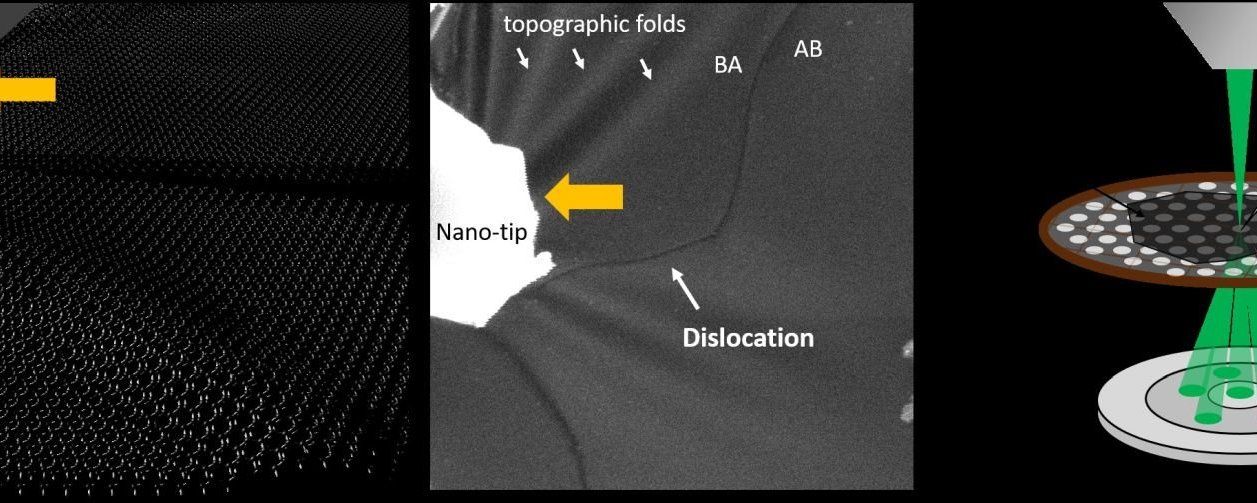
If you’ve read some of my latest articles, you might remember that I’ve been spending some time in my hometown. My quasi-holiday is not over yet, but my stay in my hometown pretty much is; I’m leaving in a few hours.
During my stay, I’ve told my girlfriend many times that wandering around my hometown feels like having someone else’s memories implanted in my head. I’ve never considered myself too attached to the place where I grew up, but after years of absence, I’ve become even less so. It’s like the place doesn’t have an effect on me anymore; it can’t really influence me. I know my way around it and I remember where landmarks and things are, but there’s little emotional connection left. It’s almost like being a tourist. Even my own room, which used to be pretty much my realm up until I was 18, now feels just like any regular room—in no small part because it has changed quite a bit since then. Given a few more years, I might lose all feelings for the place.
This shouldn’t be a surprise. Your feelings for places and people change and sometimes fade away altogether, over the years. This happens within currently normal lifetimes; what is going to happen if and when our lives last for centuries?
Read more
